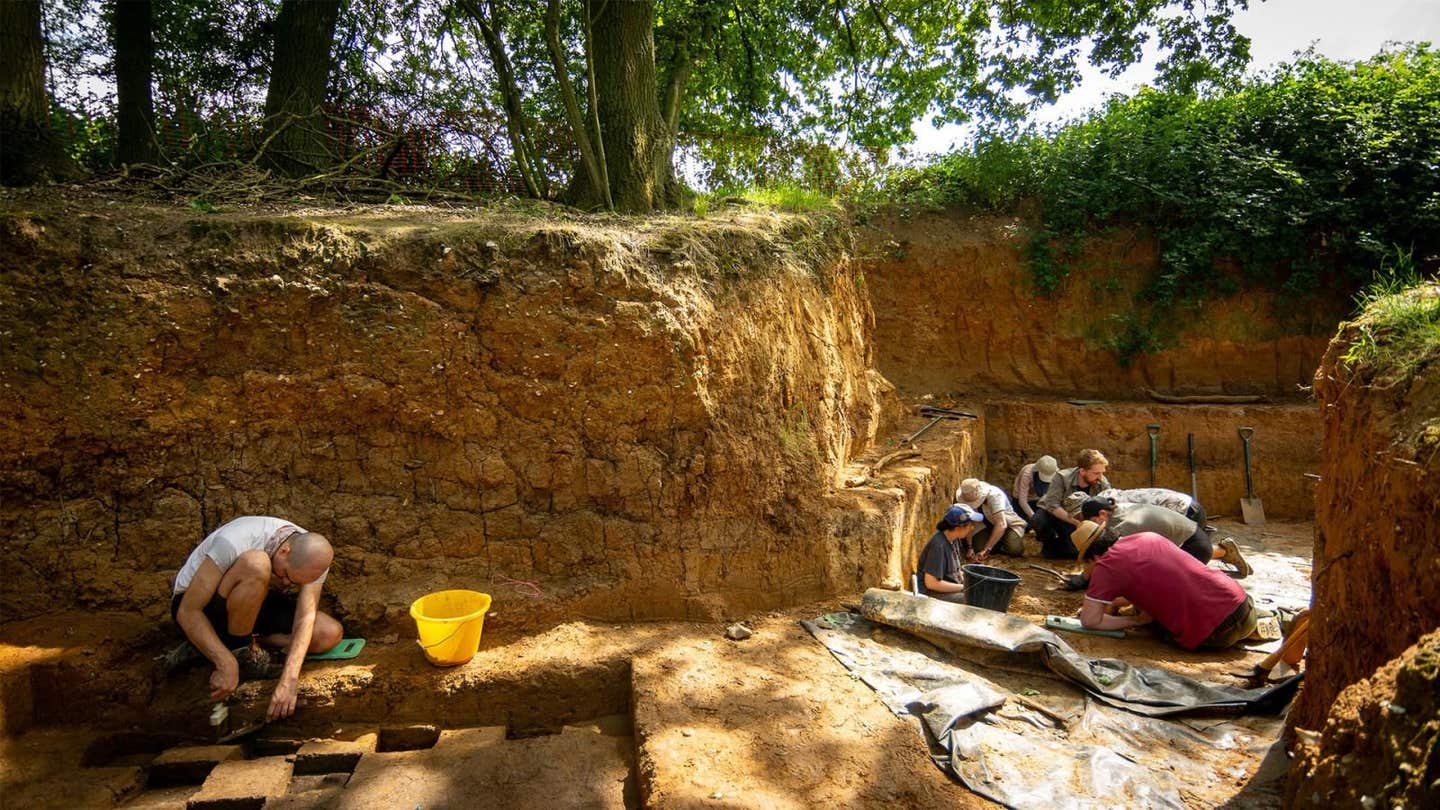Revolutionary spinal patch uses the body’s natural motion to repair herniated discs
Researchers have unveiled a groundbreaking medical advancement that offers hope to those suffering from herniated discs.

Researchers have unveiled a groundbreaking medical advancement that offers hope to those suffering from herniated discs. (CREDIT: Creative Commons)
Researchers at the Perelman School of Medicine at the University of Pennsylvania and the CMC VA Medical Center (CMCVAMC) have unveiled a groundbreaking medical advancement that offers hope to those suffering from herniated discs. This innovative development, known as "tension-activated repair patches" (TARPs), harnesses the body's natural motion to release an anti-inflammatory molecule called anakinra from microcapsules.
This solution has shown promise in reversing herniation and preventing further degeneration in a large animal model. In a paper published in Science Translational Medicine, the researchers share their remarkable progress in the quest for an effective herniated disc treatment.
The Challenge of Herniated Discs
Herniated discs pose a significant challenge in the science of orthopedic medicine. When one of the soft discs situated between the vertebrae develops a split or hole, the soft interior protrudes, resulting in a loss of tension and diminished spine cushioning. This condition causes severe pain, akin to a car driving on a flat tire's rim. The existing treatments, often described as inadequate, resemble sticking a rubber plug into a tire hole – a temporary fix at best.
This is a 3D reconstruction of a tension-activated repair patch. (CREDIT: Penn Medicine)
Co-senior author Robert Mauck, PhD, emphasizes the limitations of current treatments, stating, "Currently there is no curative treatment for disc herniation, and the best thing out there is just like sticking a plain rubber plug into a hole in a tire. It will stay for a while but it won’t make a great seal." However, the TARPs represent a significant departure from this standard approach.
The Innovative Solution: Tension-Activated Repair Patches (TARPs)
The TARPs developed by Penn Medicine and CMCVAMC researchers not only seal the herniation but also facilitate the restoration of tension and spinal cushioning. This objective has proven particularly challenging due to the complex nature of spinal discs, which cannot heal themselves once compromised. The research aims to recover the disc's mechanical integrity while attenuating inflammation to prevent further tissue damage.
TARP fabrication and local strain measurements. Schematic of fabrication of PCL-PEO nanofibrous scaffolds through simultaneous electrospinning and collection of fibers composed of each material on a rotating mandrel. (CREDIT: Science Translational Medicine)
Lead researcher Ana Peredo, PhD, who conducted this work during her doctoral studies in Bioengineering at the School of Engineering and Applied Sciences at Penn, explains, "We set out to recover the disc’s mechanical integrity while simultaneously attenuating inflammation in order to prevent further tissue damage and retain as much tissue function as possible." Achieving this balance is key to the success of TARPs.
Natural Activation and Potential Benefits
The key innovation in TARPs lies in their ability to harness the body's natural mechanics to activate the release of anti-inflammatory molecules from microcapsules within the patch. While these patches would theoretically work in a static environment, the dynamic nature of disc tissue, which experiences continuous movement, makes this approach highly effective.
Co-senior author Harvey Smith, MD, notes the potential benefits of TARPs: "This is designed to be an early intervention that may change the course of disease progression."
Related Stories:
By preventing recurring herniations and healing the disc, TARPs hold the promise of addressing a common ailment that affects younger individuals and often leads to severe disc disease and the need for spinal fusion. The ability to mitigate this progression could significantly improve the quality of life for many patients.
The development of TARPs builds upon years of research conducted at various institutions, including the McKay Laboratory, the Translational Musculoskeletal Research Laboratory at CMCVAMC, and the Institute for Medical Translation at the New Bolton Center. These advancements leverage foundational technologies used by the researchers to create bio-synthetic discs and other mechanically-activated drug delivery systems.
Several of these advancements are now in the process of commercialization through Mechano Therapeutics, LLC, a startup co-founded by Robert Mauck, PhD, George Dodge, PhD, and Daeyeon Lee, a Penn Engineering professor. This innovation ecosystem has fostered collaboration and accelerated progress towards groundbreaking treatments like TARPs.
Effect of melt-stamping and rhombus geometry on fiber and cellular alignment. (CREDIT: Science Translational Medicine)
While the research on TARPs has shown promise, it is important to note that this study primarily serves as a "proof of principle." Moving closer to clinical application will require longer trials in large animal models. Co-lead author Sarah Gullbrand, PhD, underscores this point, stating, "We only targeted one biologic pathway this time using something that was already approved by the FDA, but there are tons of other factors that are approved. In the future, we’re interested in not only reducing inflammation but also preventing cell death and improving overall healing."
The development of tension-activated repair patches (TARPs) represents a significant leap forward in the treatment of herniated discs. Researchers from the Perelman School of Medicine at the University of Pennsylvania and the CMC VA Medical Center have harnessed the body's natural motion to release anti-inflammatory molecules from microcapsules within the patch, offering a promising solution to a longstanding medical challenge.
Biochemical compositional changes with annular injury and TARP repair. Alcian Blue- Picrosirius red- stained sagittal histological sections showing best, median, and worst specimens for each group, identified through NP Alcian Blue intensity measurements (scale: 2 mm). (CREDIT: Science Translational Medicine)
While further research is needed to refine this innovative treatment, the potential to prevent recurring herniations and improve the quality of life for countless individuals is on the horizon.
As science continues to push the boundaries of what is possible, TARPs may soon become a transformative tool in the arsenal against herniated discs, benefiting both humans and their furry companions.
For more technology news stories check out our New Innovations section at The Brighter Side of News.
Note: Materials provided above by The Brighter Side of News. Content may be edited for style and length.
Like these kind of feel good stories? Get the Brighter Side of News' newsletter.



